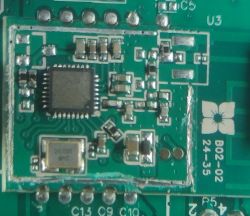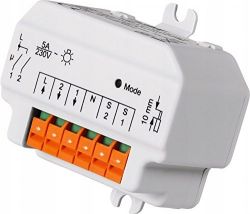Hi, I'm doing an installation in a new house and I don't know how best to do the installation to control the roller shutters, heating and lighting.
Is it enough if I run a bus cable from the distribution board to each point I want to control and back to the distribution board?
If I want to control the light via a sensor in each room, should I run the cable to a separate sensor or should I use the sensor from the alarm and, if possible, run the cable from the sensor to the switch (I want to use the switch to decide whether the light should be completely switched off or whether it should be switched on by means of a sensor)?
Is it enough if I run a bus cable from the distribution board to each point I want to control and back to the distribution board?
If I want to control the light via a sensor in each room, should I run the cable to a separate sensor or should I use the sensor from the alarm and, if possible, run the cable from the sensor to the switch (I want to use the switch to decide whether the light should be completely switched off or whether it should be switched on by means of a sensor)?
Moderated By suworow:I have merged both of my colleague's topics. Please do not set up two topics which are basically the same, because users then do not know where to answer.






